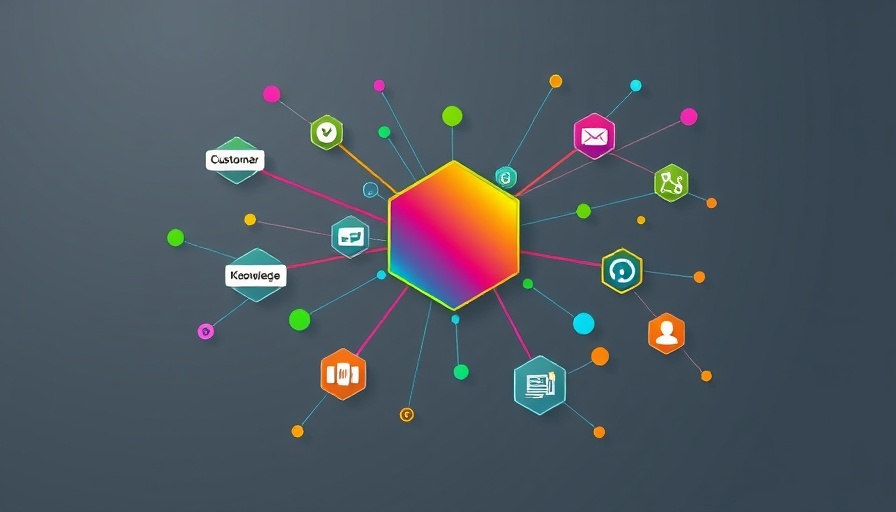
Enhancing Coding Agent Experience with Machine Learning
In today's fast-paced software development landscape, enhancing the developer experience is crucial for productivity and efficiency. Atlassian is making strides in this area by improving coding agents, which are essential for managing tasks and streamlining workflows within platforms like Jira, Confluence, and Bitbucket. With machine learning at the forefront, Atlassian aims to identify well-scoped Jira issues, thus empowering coding agents to provide relevant context and support AI-powered development.
Identifying Well-Defined Issues
In software teams, hundreds of Jira tickets are created daily to tackle bugs, add features, or improve existing code. However, many of these tickets often lack sufficient detail, making it difficult for coding agents to act upon them effectively. Atlassian is now focusing on how to best identify issues that are suitable for coding agents. This involves researching the traits of well-specified tasks to enhance the development experience.
Indicators of a Quality Task Description
The team at Atlassian has established certain indicators that can significantly improve task descriptions, allowing coding agents to function optimally. These indicators include:
- Issue Description Length: Detailed descriptions provide context beyond just a summary.
- Issue Description Link Ratio: High ratios indicate reliance on links, which may be inaccessible or difficult for coding agents to interpret.
- Presence of File Paths: Showing where code changes need to occur gives agents clear guidance.
- Presence of Code Snippets: These elements serve as references, aiding the agent in understanding the existing codebase.
- Technical Terms: Specific variable names or functions help clarify the necessary modifications or updates.
This systematic approach to defining quality task descriptions not only benefits coding agents but also equips issue creators with the insights needed to communicate effectively.
Future Directions for Task Modeling
With reliable indicators defined, Atlassian is now considering how to best model these tasks. A potential route involves using a simple rule-based model, which quickly assesses whether a task meets these established criteria. While such a model may be straightforward and efficient, it may not capture all the nuances required for well-rounded task descriptions. As machine learning develops further, more complex models could evolve to offer even greater efficiencies and insights, paving the way for a smarter coding environment.
Conclusion: Elevating Developer Experience
By improving coding agents and leveraging machine learning, Atlassian is on the cusp of transforming how software teams manage their tasks. As these enhancements come into play, developers can expect a more seamless experience, ultimately leading to faster and smarter outcomes in their projects. With a focus on strong task descriptions, the future of agile development appears promising.
 Add Row
Add Row  Add
Add 




Write A Comment